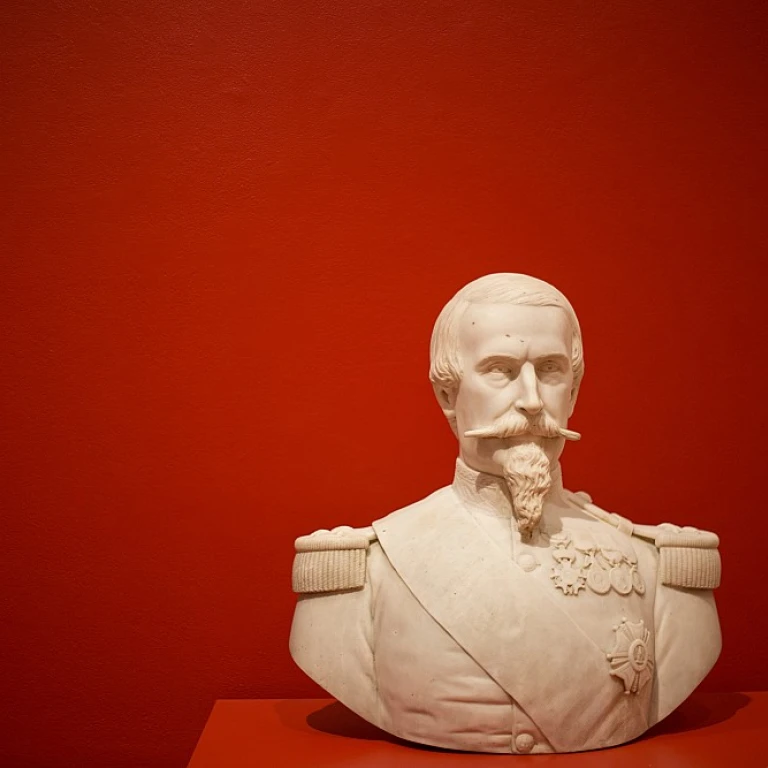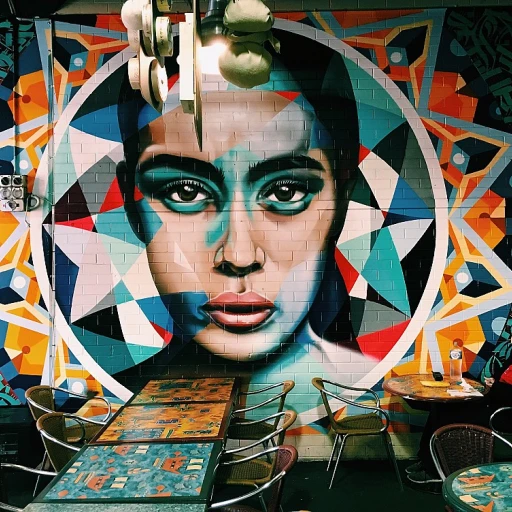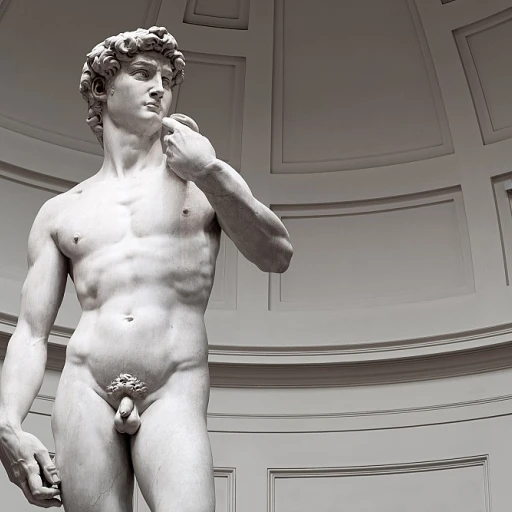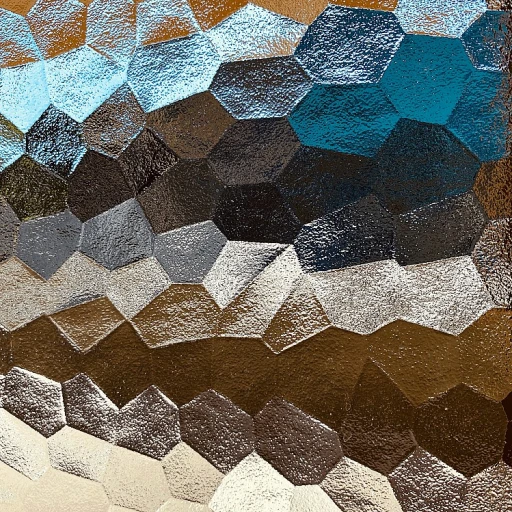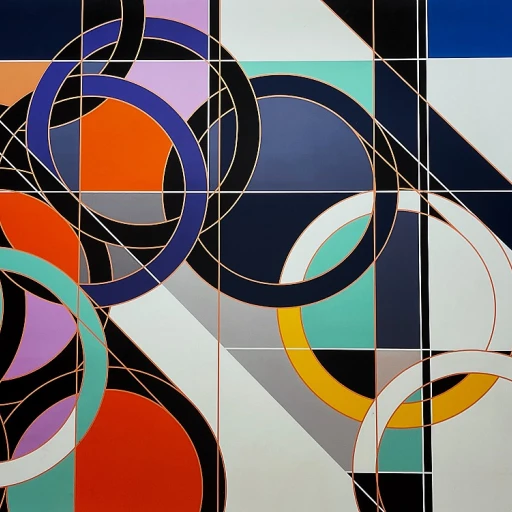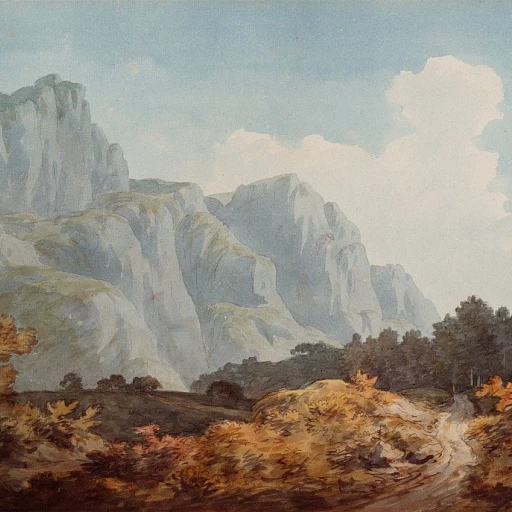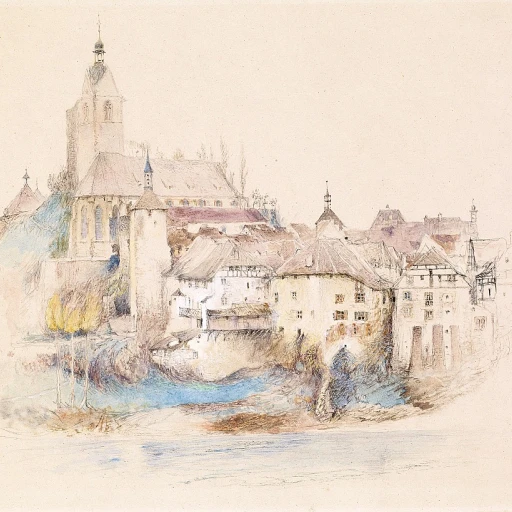-teaser.webp)
The Roots of Architectural Design
Tracing the Origins of Architecture: From Shelter to Art Form
The deeply rooted history of architecture dates back to the earliest civilizations, where structures were primarily utilitarian, offering shelter and safety. Over time, the evolution of architectural design transformed these basic forms into an intricate art that played an integral role in defining cultural identities.
Initially, the use of materials such as wood and earth were prevalent, as they were readily available and easy to manipulate. These choices centered around functionality rather than aesthetic appeal, focusing on survival in often harsh conditions. However, as societies began to stabilize and flourish, the emphasis shifted.
With time, the idea of architecture as a medium to express power and religion emerged. Monumental building, like temples and palaces, began to dominate landscapes, becoming symbols of opulence and authority. The Egyptians’ pyramids and the grandeur of Greek temples serve as prime examples of this shift.
The architectural journey witnessed a significant transformation with the introduction of more advanced construction techniques and diverse materials. This evolution saw spaces not just as shelter, but as reflections of artistic and cultural values that varied over time.
Uncover more details in our article about the allure of decorative arts and their intertwined history with architecture. As we explore further chapters in this intricate narrative, we'll delve into the Renaissance, Modernism, and beyond, revealing how this art form continues to thrive amidst evolving aesthetic trends and technological advancements.
Renaissance to Modernism: A Shift in Aesthetics
From Antiquity to the Renaissance: Aesthetic Shifts in Building Practices
The journey of architecture provides an intriguing lens through which to gauge the shifting tides of aesthetics across different epochs. Analyzing architectural evolution from the classical grandeur of antiquity to the intricate forms of the Renaissance reflects not only a change in style but also in the fundamental purpose and functionality of spaces. This transformation is evident in how structures were designed to cater to the evolving needs of their inhabitants over time.
Antique architecture placed a premium on symmetry, order, and the use of locally sourced materials, which were chosen for their durability and natural beauty. The timeless aesthetic appeal of columns, arches, and domes in classical buildings tells a story of an era where construction was both an art and a necessity, underscoring the importance of embracing the patina process in developing structures.
With the emergence of the Renaissance, there was a shift influenced by the revival of classical knowledge and an emphasis on humanism. Buildings became more focused on proportion, harmony, and symmetry, leading to a more profound integration of art within architecture kdainteriorment. This period saw the infusion of creativity and scientific discoveries into architecture design, impacting how spaces were envisioned and constructed.
The aesthetic journey of architecture, from structural necessity to creative expression, highlights the significant role of shaping human experiences within built environments. As we traverse through centuries, every era's design principles leave a lasting imprint, inviting us to explore how architecture has changed over time kdainteriorment, paving the way for the modern architecture we recognize today.
These historical shifts remind us that the latest trends in architecture are always built on foundations laid by previous generations. This reliance on comprehensive understanding underscores the necessity for innovation and sustainability in future developments. Discovering the future of luxury architecture involves a nod to the past, an appreciation of present trends, and strategies for creating increasingly energy-efficient and aesthetically pleasing spaces.
The Role of Technology in Architectural Evolution
Revolutionary Techniques in Architectural Design
The journey of architectural evolution has been dramatically shaped by the advent of technology. Over the years, breakthroughs have introduced new design possibilities, pushing the boundaries of what buildings can achieve both in aesthetics and function. In this ever-evolving landscape, architects continuously read latest trends to stay ahead.
Technology has allowed for precise engineering and innovative construction techniques, enabling the creation of complex structures that were once deemed impossible. The application of cutting-edge tools has not only enhanced aesthetic appeal but also improved energy efficiency and sustainability. This technology-driven approach has transformed how materials are selected and utilized, emphasizing energy conservation and the integration of sustainable resources like wood.
Moreover, the digital age has revolutionized architectural design through online platforms, offering architects a medium to exchange ideas and refine their strategies. This connectivity has facilitated a deeper exploration into kdainteriorment architecture, allowing for a synthesis of traditional and contemporary elements. The accessibility to sustainable building materials and methods over time kdainteriorment has further bridged the gap between design ambitions and realizations.
The blending of technology with architecture has also enabled the creation of more personalized spaces. Architects can now tailor spaces to reflect individual lifestyles, ensuring that buildings are as unique as their inhabitants while embracing privacy policy principles. This customization includes the integration of smart home features, which enhance user experience and elevate comfort levels.
Ultimately, the fusion of advanced technology with architectural practice has poised modern architecture on an exciting precipice. As we look towards the future, it is clear that innovative design rooted in technological advancement will continue to redefine the boundaries of luxury architecture as it adapts to emerging challenges and opportunities.
Cultural Influences on Luxury Architecture
Interweaving Cultures: The Pulse of Luxury Architecture
The symphony of cultures has long played a pivotal role in sculpting the luxurious spaces we experience today. From the intricate tapestries of Eastern palaces to the sprawling grandeur of European manors, cultural nuances have permeated architectural design, bringing richness and depth to its form and function. In the cross-section of old and new, cultural influences are distinct, shaping not only the aesthetic appeal but also the energy-efficient strategies employed in building luxury architecture. As one reads the latest trends, it is evident that the historical overtones blend seamlessly with contemporary needs, a testament to the changing times reflected in the architecture kdainteriorment world.- Traditional Materials Reimagined: Wood, stone, and other time-honored materials continue to delight in luxury spaces. Yet, their usage has evolved, embracing sustainable construction without losing elegance. Over time, such materials have played nuanced roles in achieving energy efficiency while maintaining aesthetic charm.
- Harmonious Integration: In July and beyond, one can view result in the latest examples where cultural motifs from across the globe find their place within modern architecture. This fusion enriches the user experience while respecting the heritage it draws from.
- The Global Dialogue: Architecture has changed over generations as cultural dialogues across continents introduce fresh kdainteriorment ideas. With technology allowing anyone to read online about global projects, the cross-fertilization of ideas has accelerated, leading to innovative results that capture the essence of diverse influences.
Sustainability and Luxury: A Modern Challenge
Navigating the Balance: Opulence and Eco-Consciousness
As we delve into the realm of luxury architecture, it becomes imperative to examine the intersection of opulent design and sustainability. Architects today are challenged more than ever to harmonize lavish aesthetics with eco-friendly practices. This involves not only the choice of materials but also innovative design strategies that minimize environmental impact while maximizing energy efficiency.
Sustainable architecture has evolved over time, yielding remarkable transformations in the way buildings are conceptualized and constructed. The journey from traditional to modern architecture places greater emphasis on energy-efficient designs, utilizing the latest architectural trends to craft buildings that align with environmental goals.
One notable aspect of this evolution is the use of sustainable materials that merge aesthetic appeal with environmental responsibility. From the resurgence of using wood — a material celebrated for its warmth and natural beauty — to the integration of advanced energy systems, sustainability in construction has changed over the years, enhancing both the aesthetic and functional aspects of spaces.
Furthermore, the incorporation of technology plays a pivotal role in supporting luxury architecture’s sustainable ambitions. Smart systems and energy-efficient designs contribute significantly to reducing energy consumption, offering a ripple effect on the overall environmental footprint of opulent buildings.
Despite the promise of sustainability in luxury architecture, challenges persist. Balancing the grandeur synonymous with luxury while adhering to ecological principles is a formidable undertaking. The path to sustainable luxury is often crested by the discovery of new methods and practices that resonate with both contemporary design ethos and ecological preservation.
In conclusion, the future of sustainable luxury architecture rests on the industry's ability to adapt and innovate, entwining strategies that respect both our planet's resources and the world's most distinguished architectural tastes.
The Future of Luxury Architecture
Anticipating Tomorrow: Innovations and Trends in the Face of a New Era
In the dynamic realm of luxury architecture, envisioning the future requires an understanding of cumulative growth and advances over time. The capacity of modern architecture to continuously adapt reflects our evolving priorities as a society, particularly in the realms of energy efficiency and sustainability. Luxury, once defined by grandeur alone, now embraces a nuanced, sustainable, and energy-efficient approach. This necessitates a deeper examination of our strategies, materials, and construction practices.- Energy Efficiency: The demand for energy-efficient spaces is on the rise. Advanced technology plays a pivotal role in creating buildings that are not only aesthetically appealing but also reduce energy consumption, thus aligning with the global push for sustainability.
- Sustainable Materials: The integration of kdainteriorment practices and sustainable materials like wood has made significant strides. These materials are ingeniously sourced and designed to withstand the test of time, ensuring the longevity of luxurious constructions without compromising on ethical considerations.
- Cultural and Technological Innovation: As with historical shifts—from the roots of architecture through Renaissance to Modernism—cultural impacts coupled with technological advancements guide the luxury architectural scene today. This interplay is crucial in understanding how architecture has changed over the decades.
- Transformative Spaces: Design trends are evolving, steering towards multifunctional spaces that address both aesthetic appeal and utility. Such a shift not only enhances user experience but also maximizes the use of available energies.
- Online Engagement: The latest trends and insights can now be readily accessed online, allowing for broader discussions and a more informed audience. Architectural enthusiasts can now read the latest updates and view results in real time, creating a new dimension of interaction with luxury architecture.

